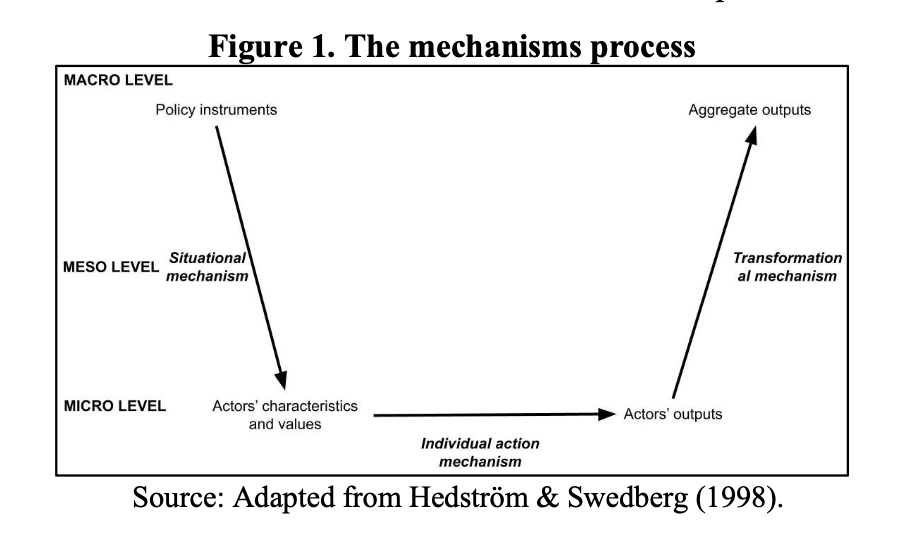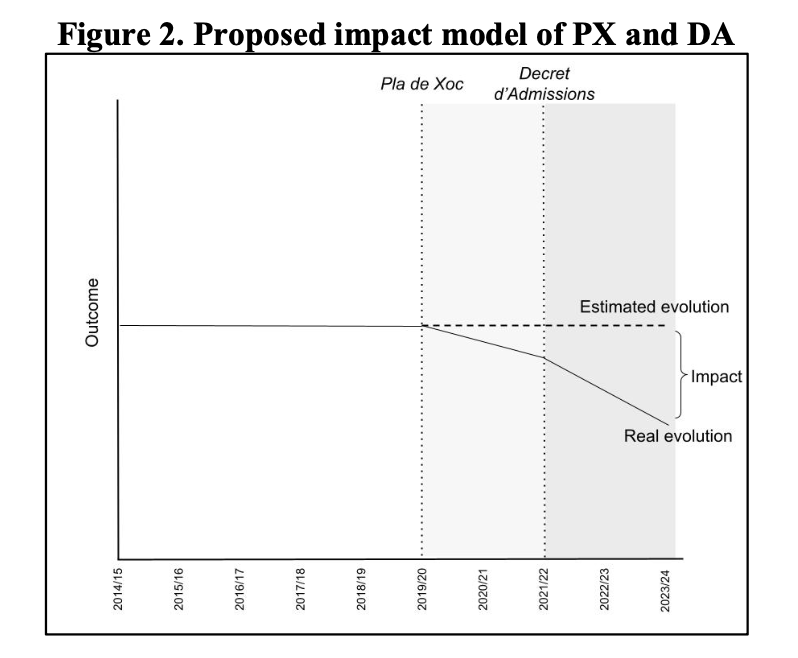About the project
Project summary
School segregation is currently one of the greatest educational and social challenges facing European countries and cities. The fight against school segregation has direct implications for the right to education, children’s well-being, the quality of public services, and social cohesion. The city of Barcelona ranks among the Catalan cities with the highest levels of school segregation, despite also being a pioneer in developing local policies to mitigate this issue. In this context, and with the goal of addressing this challenge, the Barcelona Education Consortium launched the “Shock Plan Against School Segregation” in 2018, a groundbreaking and innovative initiative at the European level aimed at significantly reducing school segregation in the city through a wide range of measures. More recently, the approval of the new Admissions Decree by the Generalitat of Catalonia in 2021 has helped to strengthen this policy, establishing a regulatory framework that consolidates many of the measures outlined in the Shock Plan, while also introducing new instruments to improve the distribution of socially vulnerable students.
The main objective of this project is to determine the impact of the Shock Plan and the Admissions Decree on the distribution of socially vulnerable students across educational centers in the city of Barcelona, as well as to analyze the functioning of the various instruments introduced by these policies. The project aims to capture not only the effect of the education policy on school segregation but also how these policies are interpreted and influence the behavior of educational centers and families, and how their impact varies depending on the social, geographic, and educational context.With this objective, and by combining two complementary methodological approaches (impact evaluation and realist evaluation), the project aims to provide evidence for political decision-making and the fight against school segregation from a local perspective.
Objetives and research questions
Most of the policy experiences explicitly oriented at tackling school segregation at a system level are relatively recent – and therefore, research in this area is very much in its infancy and remains inconclusive. Hence, there is limited research on the policy designs and the circumstances effectively conducive to the success of desegregation policies. This is problematic because the impact of school desegregation policies ultimately depends on their capacity to effectively alter the behaviors of different stakeholders. The innovative character of the Pla de Xoc (PX), in an auspicious regulatory environment advanced by the Decret d’Admissions (DA), offers a unique opportunity to gain insight into the challenges and opportunities posed by school desegregation policies.
In this context, the main objective of the project is to analyze the impact of the PX and DA on the distribution of socially disadvantaged students among schools in the city of Barcelona and examine how these policies work. This objective can be broken down into the following specific objectives:
1. Analyze how the distribution among schools of different groups of socially disadvantaged and minority students has evolved in the past years.
2. Estimate to what extent the improvement or decline in the balanced distribution of vulnerable students among schools can be attributed to the implementation of the PX and DA.
3. Explore how the different policy instruments included in the PX and DA affect their outcomes in terms of school segregation.
4. Examine how the outcomes of these policies are influenced by the characteristics of the actors involved and the geographical, social, and educational contexts in which they operate.
5. Identify potential context-sensitive policy design changes to improve the effectiveness of the policies against school segregation.
The project’s objectives will contribute to answering the following research questions:
RQ1: What has been the impact of the PX and DA on the distribution of vulnerable students among schools?
RQ2: How do the schools’ and families’ social and educational characteristics affect how they interpret and respond to the PX and DA?
RQ3: How do the geographical, social, and educational contexts influence the impact of PX and DA?
RQ4: What is the role of the different instruments included in the PX and DA in promoting a more balanced distribution of socially disadvantaged students among schools?
Research strands and methodology
In the past decades, evaluation has become imperative for public policies. However, whilst different approaches have been developed to estimate the effect of public policies (i.e., impact evaluations) or to analyse to what extent these policies are implemented as intended (i.e., implementation evaluations), analyses on how their design affects their impact are less common.
From a public policy perspective, the focus on policy designs is particularly relevant since it might contribute to understanding why public policies achieve or not their expected outcomes and propose ways to improve their effectiveness. Theory-based approaches to evaluation and mechanisms-based analysis can thus complement impact evaluations in analysing why and how public policies succeed or fail, or under which circumstances their effectiveness is maximised or limited (Birckmayer & Weiss, 2000; Capano & Howlett, 2021).
In this context, the methodological framework of this research project combines an analysis of the impact and realist evaluation (Pawson & Tilley, 2004) of the policies examined based on three main mechanisms:
- Situational mechanism: In reference to how the different policy instruments encompassed by public policies set the conditions in which actors operate.
- Individual-action mechanism: In reference to the responses of these actors to the implemented policy (i.e. the enactment of policy instruments), mediated by actors’ characteristics, values, beliefs, and contexts.
- Transformational mechanism: Capturing how the sum of individual actions produces the aggregate outputs of the policy.
Figure 1 summarises the causal logics underlying the methodological approach proposed here, and how the three mechanisms mentioned interact in a specific context.

Strand 2. Context-Mechanisms-Outcomes (CMOs): realist analysis of desegregation policies
The second methodological strand of the project aims to unveil how and why the two policies analysed work. To do so, the research project relies on a Context-Mechanisms-Outcomes (CMOs) approach, which is informed by the ontological and epistemological assumptions of theory-based policy evaluation, and of a realist approach in particular (Pawson & Tilley, 2004).
This approach assumes that policy interventions are embedded in social systems and work selectively, as they have effects depending on how people make them work. Accordingly, a realist perspective aims to capture actors’ enactment (interpretation and translation) of public policies, as well as opening the black box between policy interventions and impacts by taking into account the mediating role of the context (Astbury & Leeuw, 2010). A realist approach thus allows us to provide a more sophisticated understanding of what, how, and why PX and DA work, for whom and under what circumstances.
The operationalisation of the methodological approach proposed consists of breaking down an intervention into different CMOs pattern configurations that explain how policy instruments operate.
Context: Includes all features and conditions in which programmes are introduced, considering that “interventions, by definition, are always inserted into pre-existing conditions” and therefore influenced by contextual constraints (Pawson, 2006: 24).
Mechanisms: Understood as the “engines of explanation in realist analysis” (Pawson, 2006: 23), describe how programmes are expected to bring particular effects.
Outcomes: Comprise the intended and unintended consequences of programmes resulting from the activation of different mechanisms in diverse contexts.
